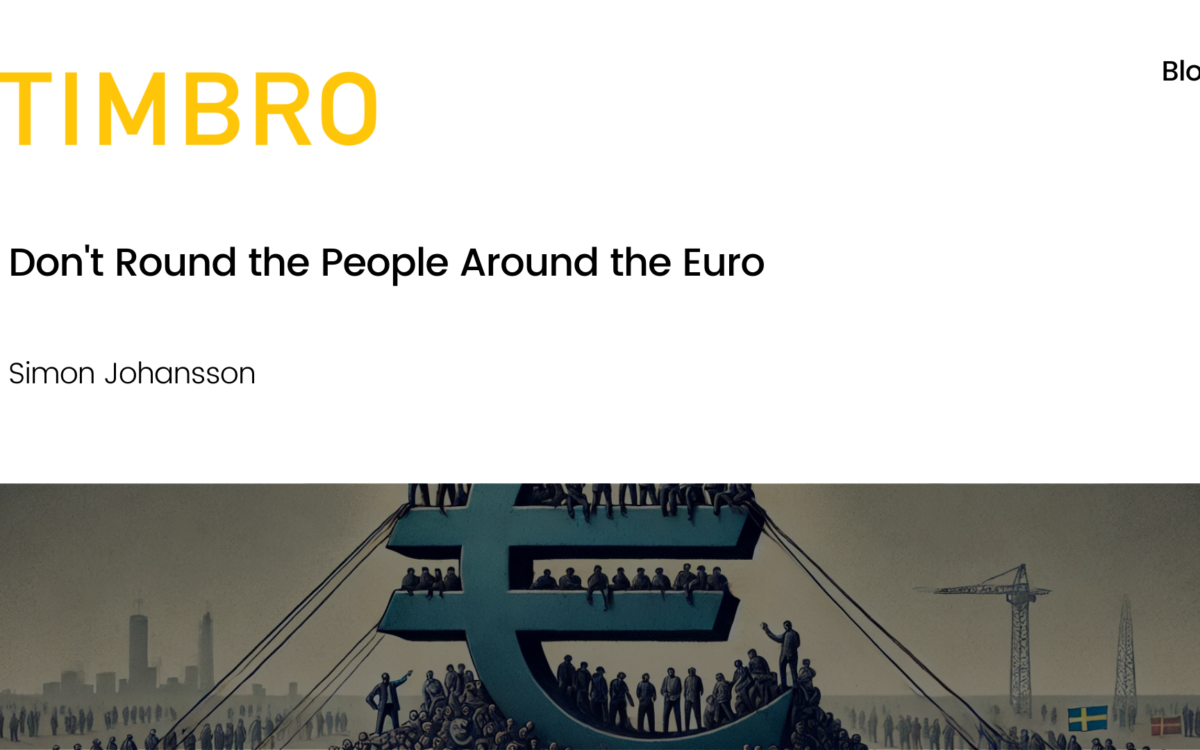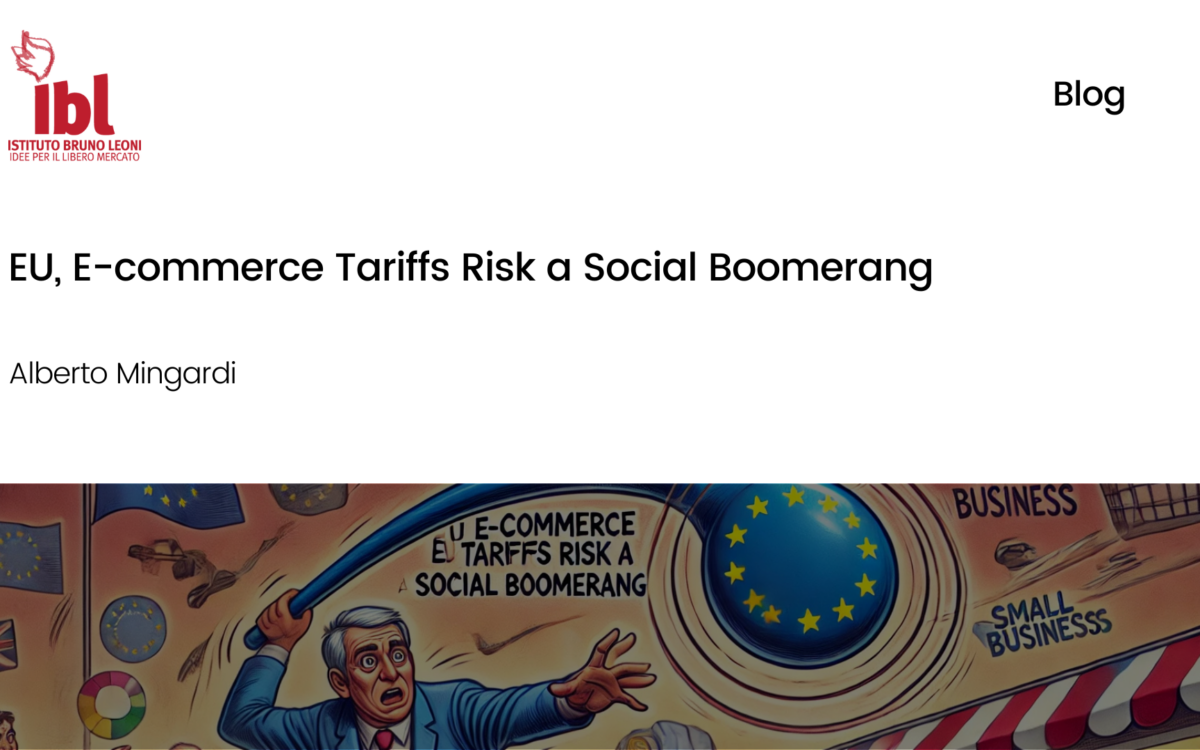Post-Coronavirus, How Should the West Approach China?

Post-Coronavirus, How Should the West Approach China?
Stephen Davies // 3 July 2020
Covid–19 has done more than cause a medical and economic crisis. It is provoking a major reorientation of the foreign policy of both the United States and Europe. At the heart of this is the question of their changing relationship with China.
It is important that “liberal democracies” answer that question correctly, as the obvious but partly incorrect response would be both economically costly and politically dangerous. We could end up with a second cold war. But history, including that of the first cold war, suggests there is an alternative to simple confrontation and military competition, one that could be more effective in promoting the goal of a freer and more peaceful world.
Following the reforms introduced into China’s economic system while Deng Xiaoping was its leader, the United States and Europe have followed a policy of supporting the market reforms there and engaging fully with China on an economic basis. Obviously, there was an economic benefit for both sides in this.
In addition, they thought that by integrating China into the world economy and encouraging exchange between western and Chinese firms and individuals, a number of beneficial consequences of a non-economic type would follow. The thinking was that as a middle class grew in China and living standards improved, along with the increased contact with and awareness of the outside world, greater openness within China itself would result, leading to pressure for political change and a move to greater liberalisation. Markets plus prosperity would lead by a natural process to more liberty and even democracy.
It has been clear for some time that this was not happening. If anything, authoritarianism in China has been increasing. The Chinese policy towards the Uighur population of Xinjiang has attracted increasing criticism and there was growing alarm about the trade and foreign policy of the People’s Republic, particularly the so-called “Belt and Road Initiative”.
The Chinese government’s behaviour in the early stages of the pandemic enraged policymakers and its subsequent actions confirmed the growing suspicion that it is a threat rather than a partner, geopolitically and ideologically. Covid-19 has provoked a radical reassessment of the nature of the Chinese state and the appropriate western foreign policy response to it. Meanwhile, the Chinese government has acted with increased aggressiveness in East and South Asia. This has led to an outright confrontation with India. We can now see the start of tensions and a standoff at the very least, and a new cold war at worst.
A second cold war or anything approaching it would bear huge economic and political costs. There is also the fear that it could actually feed authoritarianism, not only in China but also in the liberal democracies. Fortunately, we do not face a simple choice between containment and confrontation on one side and a continuation of the discredited policy on the other. There is a third way of approaching this challenge that offers a way out of the dilemma. This is what nineteenth century liberals called “people’s diplomacy”.
Although not always called that, this was also a strategy employed with some success in the later stages of the cold war. The idea is that the official relations between governments should be supplemented by contacts both organised and informal between private individuals that create connections and direct exchanges between the populations of different states, between peoples as opposed to governments and large firms.
This goes beyond the notion of encouraging more direct connections and mutual understanding. In the context of an ideological contest between political systems as well as governments, the idea is that these exchanges will work to spread ideas, to strengthen and encourage dissidents and opposition in the authoritarian state, and to support the cause of personal liberty and those upholding it. It draws a clear line between other people as a whole and the rulers (in this case the Chinese Communist Party and its supporters).
This was the policy used by abolitionists in the ante-bellum American republic. It was used in the latter stages of the cold war with many western activists making direct contact with dissidents on the other side of the Iron Curtain to support them and in some cases to travel across the divide to spread literature and other forms of support for the Soviet Union’s internal opposition.
It is clear that there is a profound ideological divide between the present Chinese regime and the West. This needs to be made explicit. There may have to be restraints on sensitive trade and a more robust approach to issues such as China’s policy in Xinjiang. This should be supplemented with a programme of engagement between private individuals, organisations and firms in freer societies with their counterparts in China. This is less risky than overt military confrontation and, in the longer run, more likely to succeed.
This post was originally published on the 1828.
EPICENTER publications and contributions from our member think tanks are designed to promote the discussion of economic issues and the role of markets in solving economic and social problems. As with all EPICENTER publications, the views expressed here are those of the author and not EPICENTER or its member think tanks (which have no corporate view).



